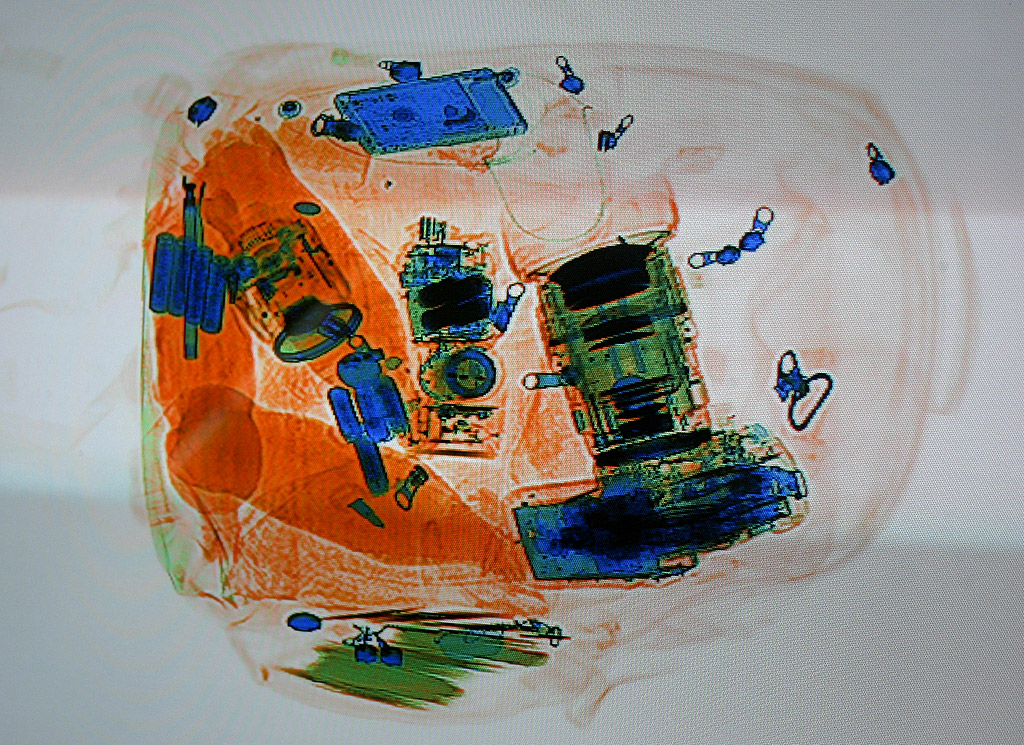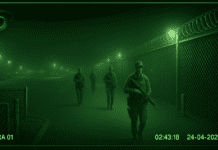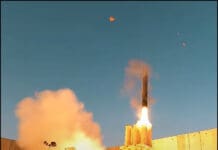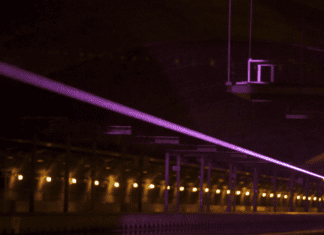This post is also available in:
 עברית (Hebrew)
עברית (Hebrew)
Airport security first came to the public eye on September 11, 2001, when 4 airplanes were hijacked and crashed into U.S targets, killing almost 3,000 people and injuring thousands more. After the attacks, the Homeland Security Department was formed in order to answer HLS threats, and the HLS House Committee started to address the issue as well.
At a recent Homeland Security Committee hearing, Chairman Mike McCaul suggested the Transportation Security Agency (TSA) switch as soon as possible from X-ray scanners to computed tomography (CT) technology at airport checkpoints.
The benefits of such a switch would undoubtedly allow screeners at passenger checkpoints to better scan bags and packages while moving traffic through security at a faster rate. In simple terms, it turns what was a two-dimensional X-ray image into a 3-D image for screeners, allowing a better view of everything in carry-on baggage.
The next-generation system called ConneCT is made by Analogic, and making its way through the approval process and is designed to eventually eliminate time-consuming steps of emptying carry-on bags at security checkpoints. It will also improve screeners’ abilities to better separate threats from harmless items in luggage, according to Mark Laustra, vice president for Global Business Development and Government Relations at Analogic.
“The machine uses high-powered algorithms to differentiate between explosives and innocent material,” Laustra told Homeland411.com. “So the more we learn about how passengers pack their bags, the better the system is.”
The technology offers screeners a three-dimensional look at bag contents from different angles giving them a more complete picture of what’s inside—something TSA is unable to do with its current two-dimensional technology. They’ve also made it adaptable to better respond to new threats.
“The system was designed to accept third-party algorithms, and why that’s important is … if there’s a threat that TSA learns about through intelligence, that machine has to be ready to detect that threat,” Laustra said. “A lot of times the government or the regulator will go back to the manufacturer and say ‘Hey, we have this new threat and we need you to develop an algorithm for it.’ Our system was designed so that anybody can write this algorithm for it.”
He added that giving the government flexibility in writing algorithms can offer quicker solutions. “Speed is of the essence when you’re talking about new threats,” Laustra said. “TSA can’t wait a year and a half for a solution; they have to have a solution within weeks or months.”
Since last year, ConneCT has achieved TSA Tier II certification—necessary to demonstrate the technology at a checkpoint lane in an airport. In order to be placed in a lane at an airport, the system still has to go to the TSA Systems Integration Facility (TSIF). “Once you put your lab certified machine there … you have to go through the evaluation to determine the best way to use a machine,” Laustra said.
Worldwide, the systems are already seeing use, however. Amsterdam Airport Schiphol is currently screening bags at passenger checkpoints with the system.
The next step, Laustra said, is having the machines deployed as part of the TSA’s Innovation Task Force Program. “It’s been described as an incubator for new technology,” Laustra said. Add the TSA’s Automated Screening Lane (ASL) being deployed nationwide, and it’s a boon for busy travelers as well as safety, with a quicker but more comprehensive trip through security.
“Right now, airports around the world are seeing about 150 to about 180 passengers per hour when you factor in the X-ray and the walk-through metal detector,” Laustra said. “With the CT and the ASL, together you’ll never really have to stop the belt because the ASL is designed to automatically divert your bag off into a secondary search area, so the belt never really has to stop if they use it correctly.” The result, he said, is that screening lanes could possibly see throughout of 250 to 300 passengers per hour.


























